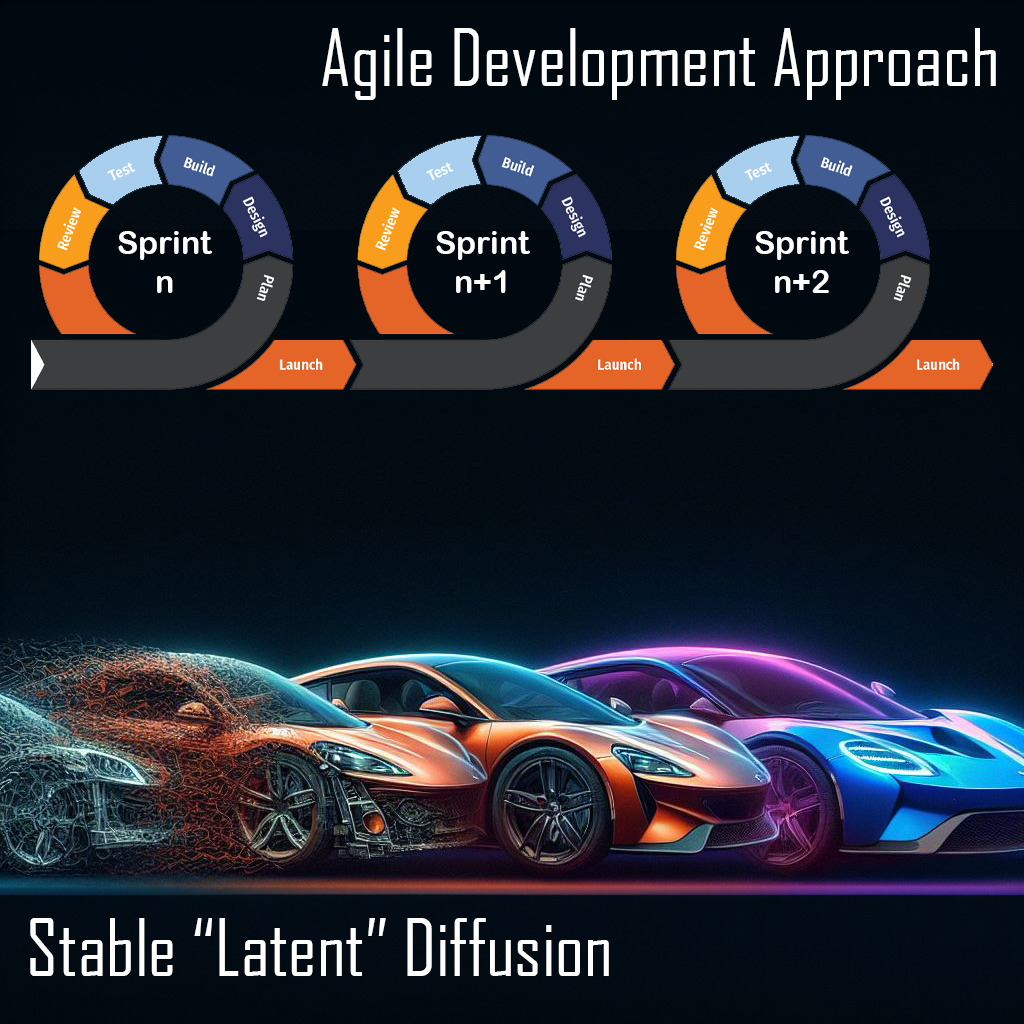There maybe some confusion around the term Iteration with regards to Program Increment or PI planning. PI planning is a concept from the Scaled Agile Framework (SAFe), primarily used in larger organizations to coordinate multiple Agile Release Trains (ARTs) working together on a common mission. PI planning does not typically have “iterations” within the planning itself, but it is organized into specific time increments and activities.
Here’s an overview of the key elements of PI planning:
- Frequency:
- PI planning is usually conducted every 8 to 12 weeks, corresponding to the duration of a Program Increment. This time frame aligns with the concept of an Agile Release Train, which is a long-lived team of Agile teams that incrementally develops, delivers, and where applicable, where the value is realized in the system.
- Preparation:
- Before the PI planning event, teams engage in pre-PI planning activities. This includes reviewing the current state of the solution, refining the backlog, and preparing for the upcoming planning event.
- PI Planning Event:
- The PI planning event is a routine face-to-face gathering of all members of the Agile Release Train (ART) to align on the plan for the next Program Increment. This typically involves two days of collaborative planning.
- Agenda:
- The PI planning agenda includes various activities such as reviewing the current state and vision, addressing risks and dependencies, planning at the team and program levels, inspecting and adapting the plan, and finalizing the objectives for the upcoming increment.
- Inspect and Adapt (I&A):
- At the end of each Program Increment, the Inspect and Adapt (I&A) workshop is conducted. This is a crucial retrospective and problem-solving session where the teams reflect on their progress, identify improvement opportunities, and adjust their processes for the next PI.
- Iterations (Sprints):
- Within the Program Increment, individual teams usually work in iterations, commonly known as sprints. The length of these iterations can vary but is often two weeks in duration. During these sprints, teams implement and deliver increments of value.
In summary, PI planning is not an iterative process itself but occurs at regular intervals to synchronize and plan the work for the next Program Increment. Within the Program Increment, individual teams may follow iterative development cycles (sprints) to deliver value incrementally.
Please Take note: having such a large meeting has both pros and cons and it is very important for the meeting host to keep a strict agenda not to spin on ambiguous topics, spin with unknowns and hypotheticals but to accurately plan while utilizing diverse knowledge and skillsets of the various folks on the call.



